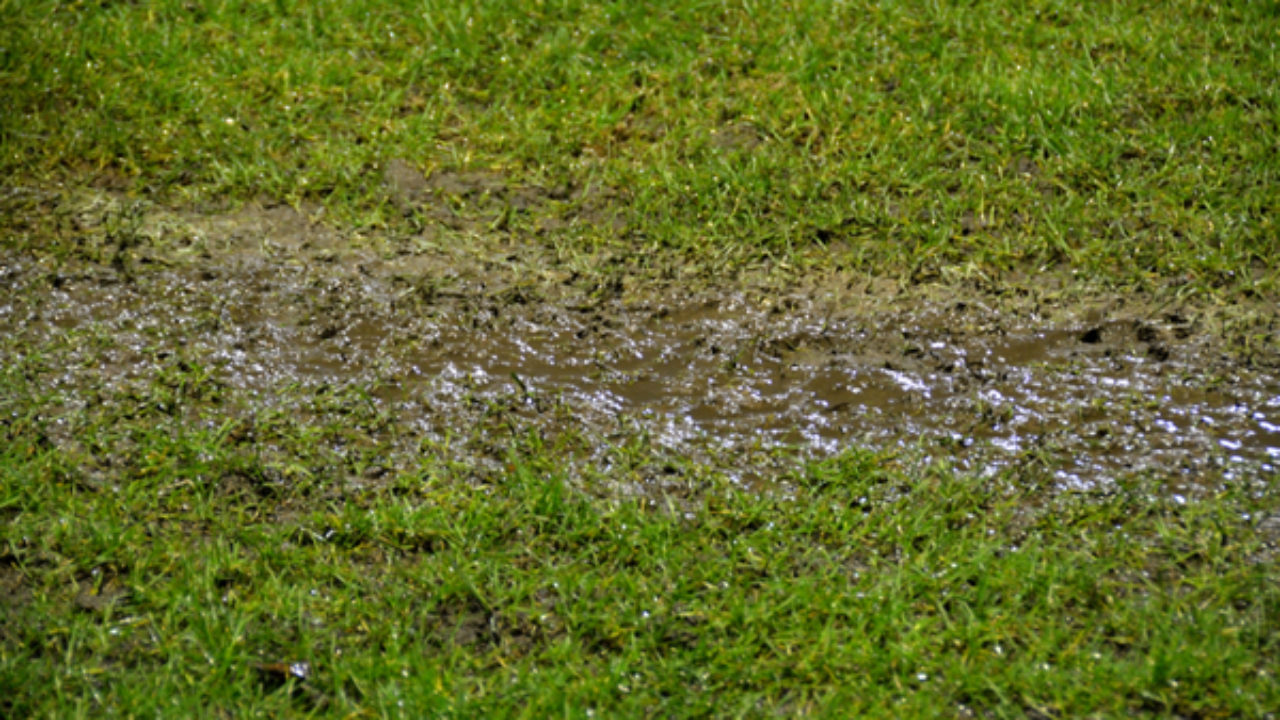6 Ways to Find Concealed Water Leakages in Your House
6 Ways to Find Concealed Water Leakages in Your House
Blog Article
What're your thoughts and feelings on Leaking water lines?

Early discovery of leaking water lines can alleviate a potential catastrophe. Besides saving you cash, it will certainly minimize the irritation and irritation. The moment you locate a leak, calling your plumber for repairs is the most effective remedy. However, some little water leakages may not be visible. Right here are some hacks that assist if you can not identify it with your naked eyes.
1. Check Out the Water Meter
Every residence has a water meter. Checking it is a guaranteed manner in which helps you find leakages. For starters, switch off all the water resources. Make certain nobody will purge, utilize the tap, shower, run the cleaning machine or dishwashing machine. From there, go to the meter and also watch if it will certainly alter. Because no one is utilizing it, there must be no activities. That shows a fast-moving leakage if it moves. Similarly, if you discover no changes, wait an hour or 2 and also examine back once again. This means you might have a slow leakage that could also be underground.
2. Inspect Water Usage
Evaluate your water costs and also track your water usage. As the one paying it, you need to observe if there are any kind of discrepancies. If you identify sudden changes, regardless of your usage coinciding, it suggests that you have leaks in your plumbing system. Remember, your water bill need to fall under the same variety every month. An unexpected spike in your bill shows a fast-moving leak.
At the same time, a consistent boost each month, despite the same routines, shows you have a slow-moving leakage that's likewise gradually intensifying. Call a plumber to thoroughly examine your residential property, especially if you feel a cozy area on your floor with piping underneath.
3. Do a Food Coloring Examination
When it comes to water intake, 30% comes from bathrooms. If the shade in some way infiltrates your bowl throughout that time without flushing, there's a leakage between the tank and also dish.
4. Asses Outside Lines
Don't fail to remember to check your exterior water lines as well. Test spigots by attaching a garden hose pipe. Needs to water seep out of the connection, you have a loose rubber gasket. Replace this and also guarantee all connections are tight. If you have actually obtained a lawn sprinkler, it will certainly aid get it skillfully analyzed as well as preserved annually. One tiny leak can squander tons of water and also surge your water expense.
5. Examine and also Examine the Situation
Homeowners need to make it a behavior to examine under the sink counters and also also inside cupboards for any bad odor or mold and mildew development. These 2 red flags suggest a leak so punctual interest is called for. Doing regular evaluations, even bi-annually, can conserve you from a major problem.
If you know your residence is already old, maintain a watchful eye on your heaters, pipes, pipes and so on. Check for stainings as well as weakening as the majority of pipes and devices have a life span. They will additionally naturally deteriorate because of tear as well as wear. If you believe leaking water lines in your plumbing system, do not wait on it to rise. Call a specialist plumber right now so you do not end up with a dreadful mess in your house.
Early detection of leaking water lines can alleviate a potential calamity. Some tiny water leakages may not be noticeable. Examining it is a surefire way that aids you discover leaks. One little leakage can waste heaps of water and also increase your water costs.
If you think leaking water lines in your plumbing system, do not wait for it to rise.
WARNING SIGNS OF WATER LEAKAGE BEHIND THE WALL
PERSISTENT MUSTY ODORS
As water slowly drips from a leaky pipe inside the wall, flooring and sheetrock stay damp and develop an odor similar to wet cardboard. It generates a musty smell that can help you find hidden leaks.
MOLD IN UNUSUAL AREAS
Mold usually grows in wet areas like kitchens, baths and laundry rooms. If you spot the stuff on walls or baseboards in other rooms of the house, it’s a good indicator of undetected water leaks.
STAINS THAT GROW
When mold thrives around a leaky pipe, it sometimes takes hold on the inside surface of the affected wall. A growing stain on otherwise clean sheetrock is often your sign of a hidden plumbing problem.
PEELING OR BUBBLING WALLPAPER / PAINT
This clue is easy to miss in rooms that don’t get much use. When you see wallpaper separating along seams or paint bubbling or flaking off the wall, blame sheetrock that stays wet because of an undetected leak.
BUCKLED CEILINGS AND STAINED FLOORS
If ceilings or floors in bathrooms, kitchens or laundry areas develop structural problems, don’t rule out constant damp inside the walls. Wet sheetrock can affect adjacent framing, flooring and ceilings.
https://www.servicemasterbyzaba.com/blog/how-to-detect-water-leakage-in-walls/

Do you really like reading about Top leak detection hacks? Post a remark below. We'd be glad to listen to your opinions about this post. We are looking forward that you come back again in the near future. Those who enjoyed our blog posting please don't forget to share it. I am grateful for your time. Visit again soon.
Report this page